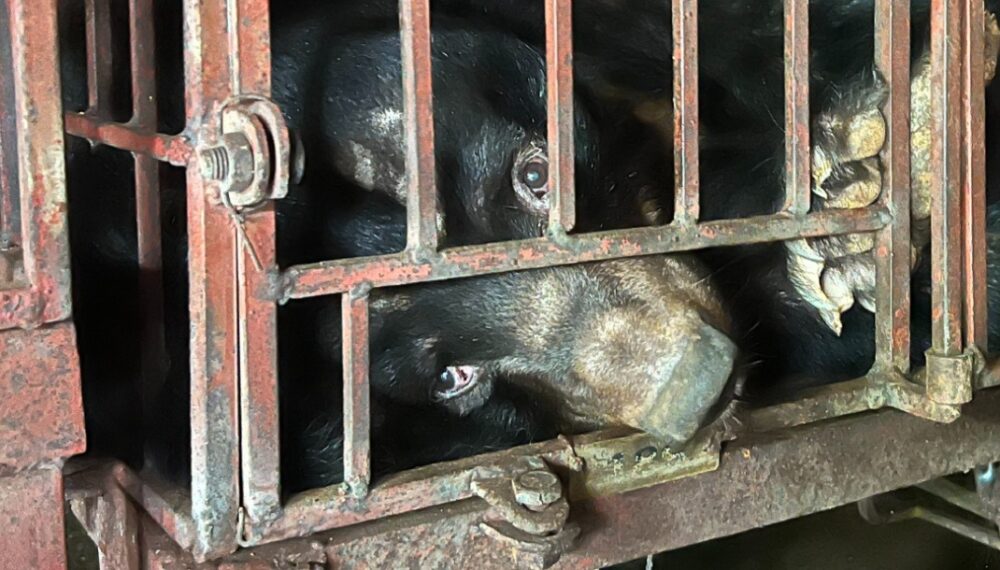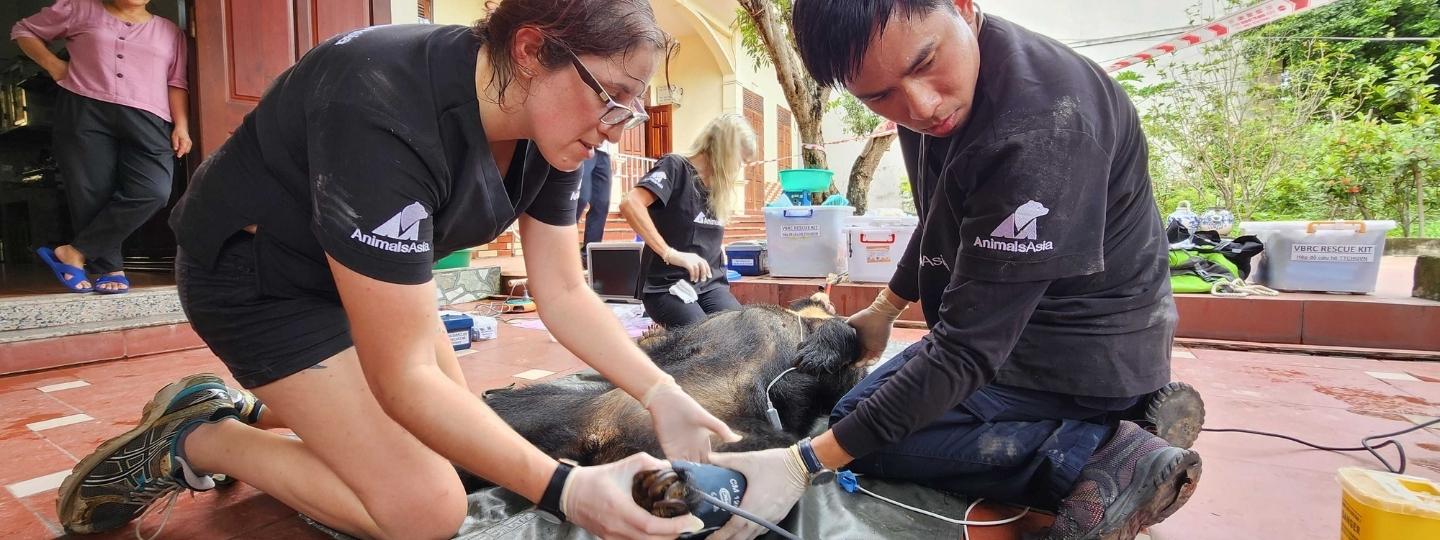
News
Filter by...
-
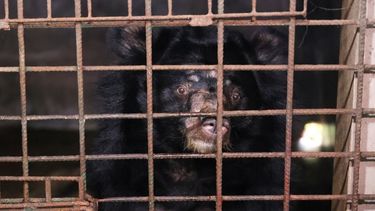

2026: the year agreement must turn into action
2026 must be the year agreement turns into action for Vietnam’s last bile bears. In this first campaign update, our CEO Jill Robinson explains why waiting is now the greatest threat they face - and why there is still hope if we act in time.
Read more on 2026: the year agreement must turn into action
-
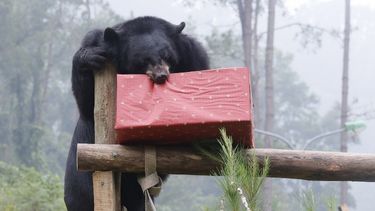

Jill’s Christmas blog: Jingle Bears…
This year, Jill's festive blog features our wonderful rescued bears and elephants as they enjoy all the fun and naughtiness of their wintery wonderlands!
Read more on Jill’s Christmas blog: Jingle Bears…
-
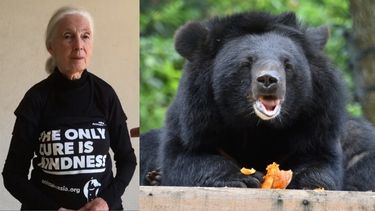
Jane Goodall’s legacy lives on through Robinson bear
Animals Asia honours Jane Goodall’s legacy through Robinson, the rescued moon bear she named in tribute to founder Jill Robinson.
Read more on Jane Goodall’s legacy lives on through Robinson bear
-

Animals Asia thanks Ricky Gervais for generous donation
Animals Asia has received a generous Christmas donation from long-time supporter Ricky Gervais, helping bring us closer to ending bear bile farming in Vietnam. Read our full statement.
Read more on Animals Asia thanks Ricky Gervais for generous donation
-
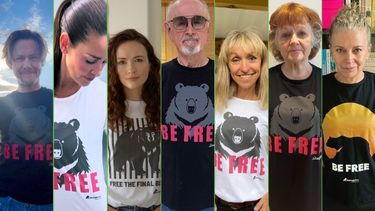
Celebrities unite to help Free the Final Bears in Vietnam
Celebrities are standing with Animals Asia to help free the last bears in Vietnam – and their support is inspiring a global movement.
Read more on Celebrities unite to help Free the Final Bears in Vietnam
-

Love is the Only Cure photo exhibition opens in Chengdu
A new photo exhibition in Chengdu celebrates the impact of our Dr Dog and Professor Paws programs, sharing powerful stories of compassion and connection.
Read more on Love is the Only Cure photo exhibition opens in Chengdu
Help us put an end to animal cruelty
Animals are being captured and exploited every day. Animals Asia has helped thousands, but there is always another animal in need of our help. Please donate today.
Donate now